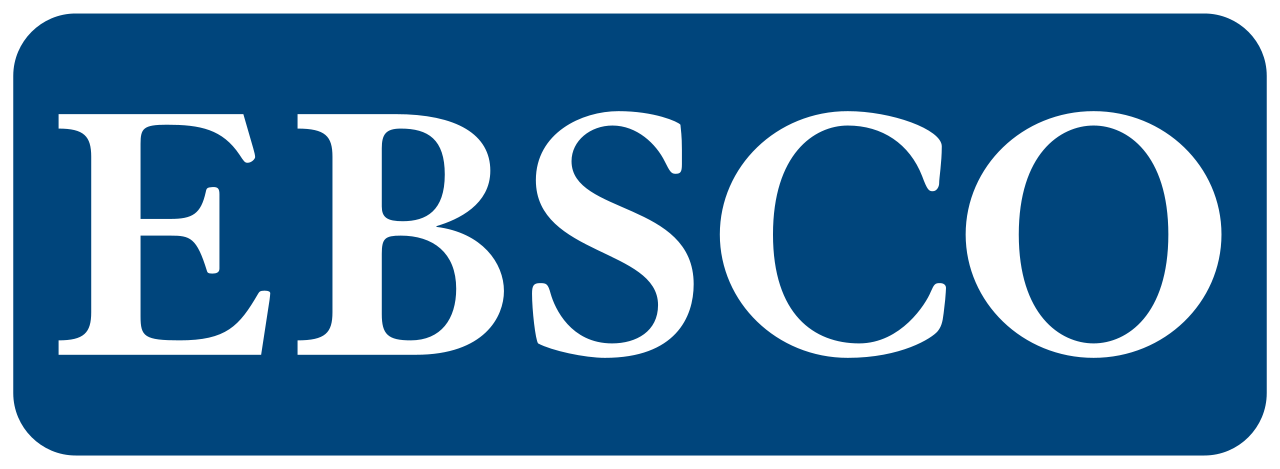Advancing Msmes Through Global Integration and Cross-Border Connectivity: Opportunities for Qris-Based Payment Code Development
DOI:
https://doi.org/10.57096/edunity.v3i1.221Keywords:
Digital payment, Global, MSMEs, QR Code, QRISAbstract
Indonesia's rapid economic development in the digital era has witnessed a significant shift from traditional cash-based public payments to digital systems. Digital payments offer enhanced convenience, efficiency, security, and user-friendliness. Among these digital payment methods, QR Codes have emerged as a crucial solution, particularly during the COVID-19 pandemic, which led to a slump in the Indonesian economy due to social distancing measures. The adoption of the Quick Response Indonesian Standard (QRIS) as a cashless payment method by most Micro, Small, and Medium Enterprises (MSMEs) in Indonesia presents a promising solution due to its numerous advantages, including instant payment, enhanced security, easy setup, high reliability, and absence of associated charges. However, QRIS payments face limitations as they are inaccessible to foreigners without bank accounts or connections to Indonesian payment operators. To address this challenge, the Indonesian government has collaborated with four ASEAN countries to integrate the QRIS system with their respective user bases. Nevertheless, the global utilization of QRIS remains a problem that this study aims to address. One approach to promoting cross-border QR payment cooperation is to bolster the economic progress of MSMEs in each country. The objective of this study is to highlight the significant opportunities for developing integrated connectivity and cross-border QR payment codes in Indonesia. Further research is necessary to advance the development of prototypes, designs, and the implementation of integrated connectivity and cross-border QR payment code linkage on a global scale.
References
Agustin, R. (2023). Pengaruh Kemudahan, Kecepatan, dan Keamanan terhadap Minat Menggunakan Sistem Pembayaran Quick Response Code Indonesian Standard (QRIS) pada Nasabah Bank Rakyat Indonesia Kantor Cabang Jember. UIN KH Achmad SIddiq Jember.
Chang, T.-K. (2014). A secure operational model for mobile payments. The Scientific World Journal, 2014.
Dewi, C. K., Pradana, M., Huertas-García, R., Rubiyanti, N., & Syarifuddin, S. (2022). Developing halal consumer behavior and tourism studies: Recommendations for Indonesia and Spain. Frontiers in Psychology, 13, 863130.
ENDARWATI, E. G. A. A., & Wijaya, T. (2022). PENGARUH FAKTOR KEPATUHAN SYARIAH, NORMA SUBJEKTIF, PENGETAHUAN DAN PERSEPSI MANFAAT TERHADAP MINAT MENGGUNAKAN DIGITAL PAYMENT DI FINTECH SYARIAH (Studi Pada Generasi Z di Kabupaten Karanganyar). UIN Surakarta.
Gusfei, A. D., & Pradana, M. (2022). The Effect of E-Service Quality and E-Trust on Mobile Payment Application E-Customer Loyalty Through E-Customer Satisfaction as Intervening Variable. Resmilitaris, 12(2), 166–180.
Husson, T. (2015). The future of mobile wallets lies beyond payments. USA: Forrester Research Inc.
Kartawinata, B. R., Fakhri, M., Pradana, M., Hanifan, N. F., & Akbar, A. (2021). The role of financial self-efficacy: Mediating effects of financial literacy & financial inclusion of students in West Java, Indonesia. Journal of Management Information and Decision Sciences, 24(7), 1–9.
Megadewandanu, S. (2016). Exploring mobile wallet adoption in Indonesia using UTAUT2: An approach from consumer perspective. 2016 2nd International Conference on Science and Technology-Computer (ICST), 11–16.
Nafisa, N., Kartawinata, B. R., Akbar, A., Pradana, M., & Utami, D. G. (2022). Quick Response Code Indonesian Standard (QRIS) Payment in Indonesian MSMEs: A Bibliometric Study. Journal of Pharmaceutical Negative Results, 1223–1233.
PayCEC. (2023, March). Differences between Visa Mastercard Discover and American Express (Amex). https://www.paycec.com/id-en/news/differences-between-visa-mastercard- discover-and-american-express-amex
Rodriguez, C. (2023, March). Visa vs. Amex vs. Mastercard [Differences, Acceptance & Perks]. https://upgradedpoints.com/credit-cards/visa-vs-amex-vs- mastercard/#:~:text=When comparing all 3 networks,Visa are onl y payment networks
Savitri, C., Hurriyati, R., Wibowo, L., & Hendrayati, H. (2022). The role of social media marketing and brand image on smartphone purchase intention. International Journal of Data and Network Science, 6(1), 185–192.
Sihite, M. T., & Hartomo, K. D. (2022). SWOT Analysis Quick Response Indonesian Standard (QRIS) As a Digital Payment System (Cashless) Towards Advanced Indonesia. Budapest International Research and Critics Institute-Journal (BIRCI-Journal), 5(1).
Ulya, F. N. (2020). Gubernur BI: Selama Pandemi, Transaksi Digital Naik 37, 8 Persen. Kompas. Com. Diaskes Dari Https://Money. Kompas. Com/Read/2020/09/29/154300526/Gubernur-Bi--Selama-Pandemi-Transaksi-Digital-Naik-37-8-Persen.
Upadhayaya, A. (2012). Electronic Commerce and E-wallet. International Journal of Recent Research and Review, 1(1), 37–41.
Downloads
Published
Issue
Section
License
Copyright (c) 2024 Dona Putri Metri, Ali Abdullah Wibisono

This work is licensed under a Creative Commons Attribution-ShareAlike 4.0 International License.
Authors who publish with this journal agree to the following terms:
- Authors retain copyright and grant the journal right of first publication with the work simultaneously licensed under aCreative Commons Attribution-ShareAlike 4.0 International (CC-BY-SA). that allows others to share the work with an acknowledgement of the work's authorship and initial publication in this journal.
- Authors are able to enter into separate, additional contractual arrangements for the non-exclusive distribution of the journal's published version of the work (e.g., post it to an institutional repository or publish it in a book), with an acknowledgement of its initial publication in this journal.
- Authors are permitted and encouraged to post their work online (e.g., in institutional repositories or on their website) prior to and during the submission process, as it can lead to productive exchanges, as well as earlier and greater citation of published work.








